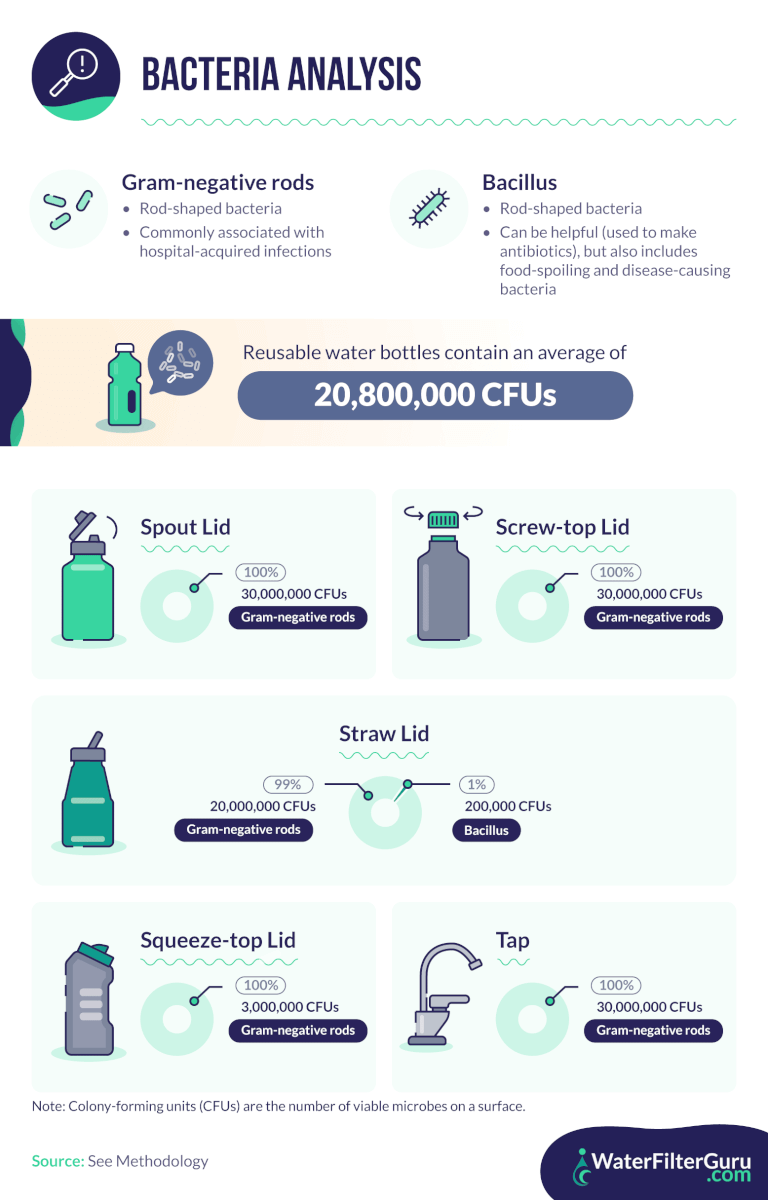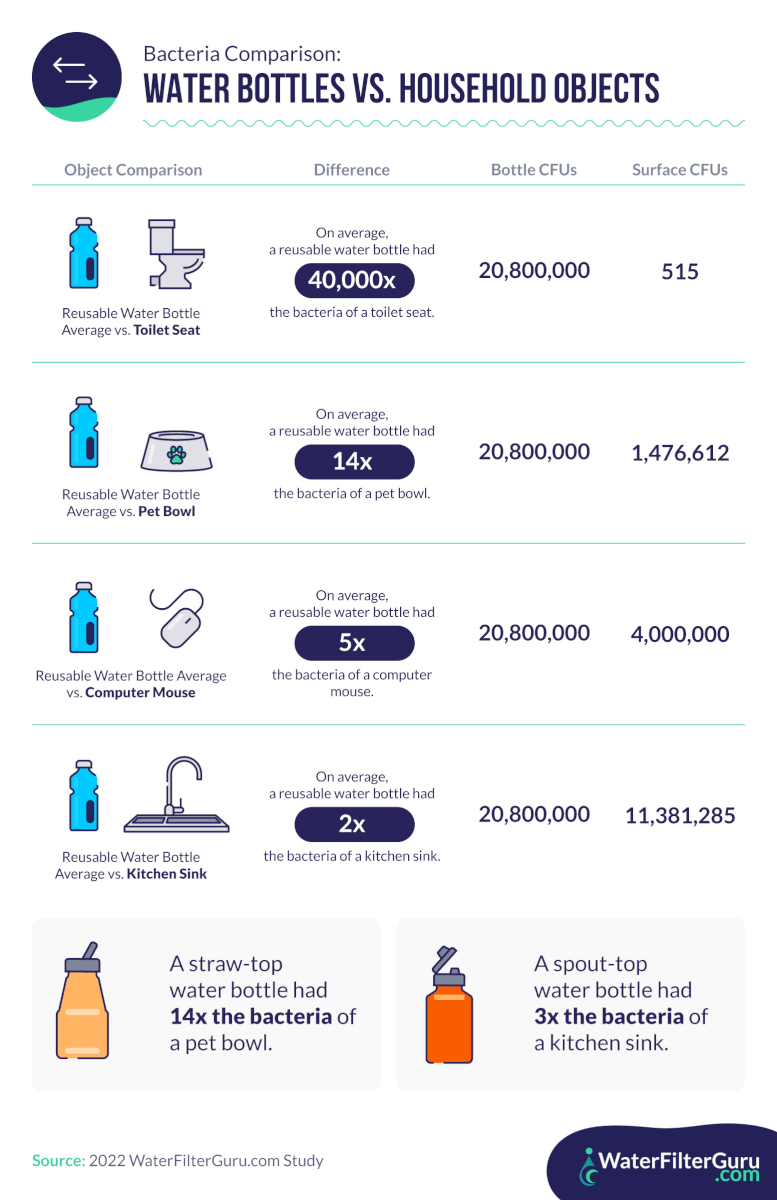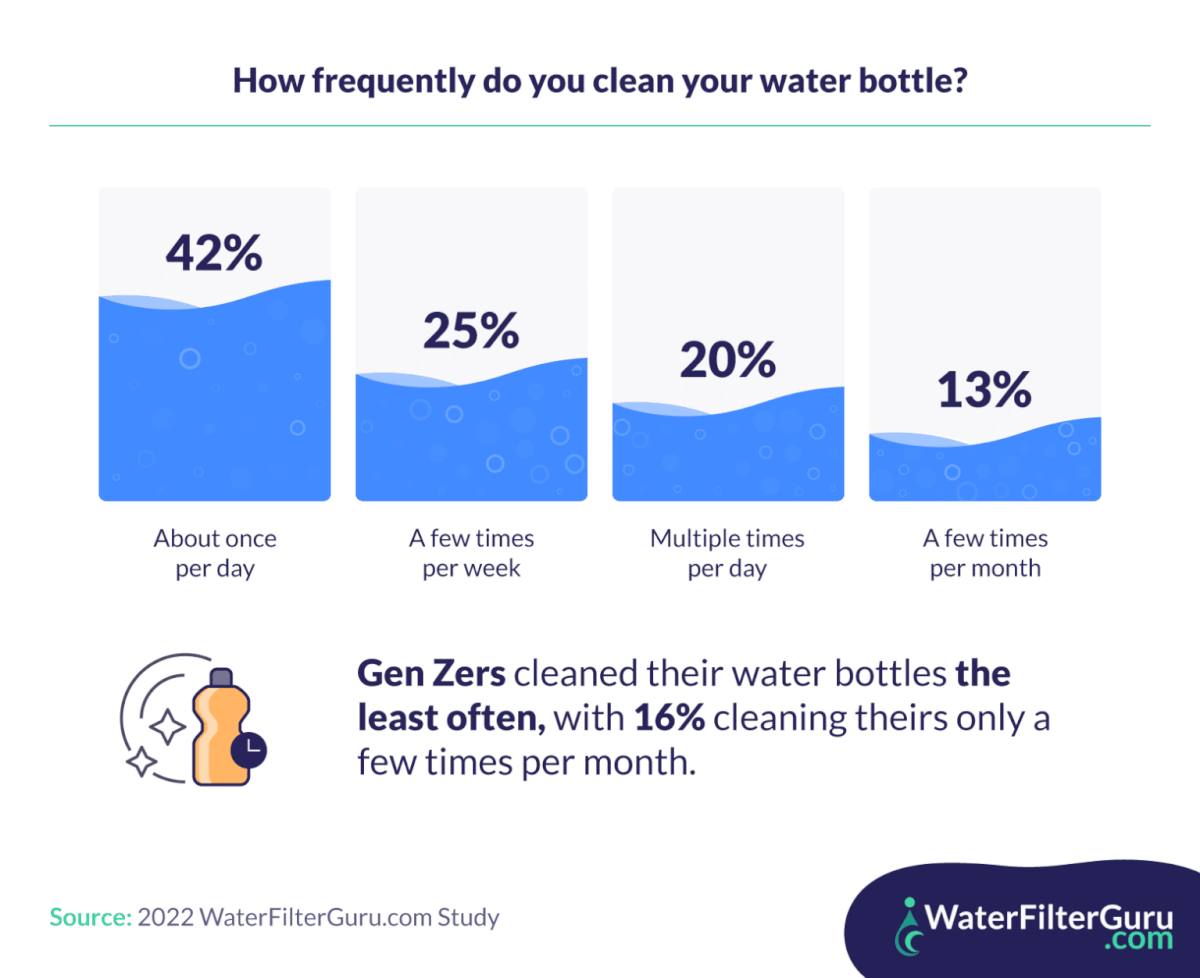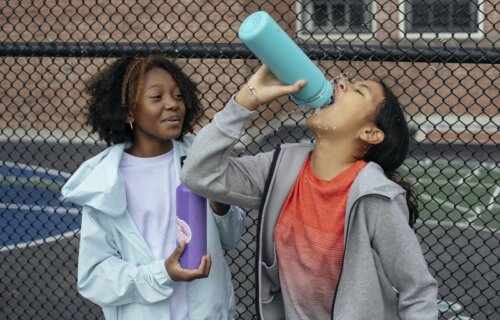DENVER, Colo. — If you have a reusable bottle, you might want to wash it out right away. While these bottles are a staple in society and keep us hydrated (without creating plastic waste), an eye-opening new study reveals that millions of harmful bacteria could be tagging along with every sip.
The investigation conducted by researchers with WaterFilterGuru.com sent samples from everyday reusable water bottles to a professional lab, revealing surprising levels of bacterial contamination. The study identified two main types of bacteria: gram-negative rods and bacillus. The former is particularly concerning due to its increasing resistance to antibiotics, posing a significant infection risk. Meanwhile, bacillus bacteria could lead to uncomfortable gastrointestinal issues.

In terms of sheer numbers, the average reusable water bottle was found to contain a staggering 20.8 million colony-forming units (CFUs) of bacteria. To put this into perspective, a sink faucet had around 30 million CFUs, indicating that the bottles are as germy as items directly interacting with water sources.
The study went further, comparing the bacterial load of water bottles with other household objects, and the findings might make you rethink your cleaning priorities. Surprisingly, reusable water bottles harbored more germs than a toilet seat, pet bowls, and even the notoriously dirty kitchen sink, known as one of the germiest places in a home. The comparison showed that an average bottle could be 40,000 times dirtier than a toilet seat.

The research also delved into the cleaning habits of Americans regarding their water bottles. While the majority claimed to wash their bottles daily, a significant portion admitted to less frequent cleaning, potentially allowing bacteria and mold to flourish.
Only 13 percent of Americans admit to only cleaning their water bottles a few times a month. The study emphasizes the importance of daily washing and weekly sanitizing of water bottles, especially under certain conditions like illness or when using the bottle for drinks other than water.
Beyond the bottle itself, the survey highlights the critical aspect of the water quality being consumed. Even the cleanest bottles can’t protect against contaminants in the water, underscoring the need for home water testing and filtration to ensure the water filling these bottles is safe and clean.

You might also be interested in:
- Oh the horror! Movie theater seats, cup holders infested with disgusting bacteria
- Fight Classroom Germs! Top 4 Supplements That Boost A Child’s Immune System
- Blech! Public e-bikes and e-scooters up to 58,000 times filthier than a toilet
- Watch and cringe: Here’s how much ‘invisible’ toilet water sprays into the air after you flush
Methodology
WaterFilterGuru.com collected samples from surfaces for the purpose of this study; each surface was swabbed three times, and the CFUs per swab were averaged for each surface type. A lab conducted three-gram and stain culture swab tests across reusable water bottles. It’s possible that researchers could have gained further insight into CFU levels with a larger sample size of surfaces. The above claims are based on means alone, as no statistical testing was performed, and so, this content is exploratory. Bacteria definitions were sourced from ncbi.nlm.nih.gov and britannica.com.
Additionally, WaterFilterGuru.com surveyed 1,000 Americans regarding their water bottle preferences and habits. The average age of respondents was 40 years-old. Among them, 57 percent were male, and 43 percent were female. Respondents comprised the following generational breakdown: 21 percent Gen Z, 29 percent millennials, 27 percent Gen X, and 23 percent baby boomers.

No suggestion on how to clean perfectly!
Why doesn’t your article tell people how to properly clean their water bottle and the recommended cleaning cycle?
Personally, I prefer to use food-grade hydrogen peroxide in a spray bottle to give the final “rinse” after washing my reusable water bottles thoroughly.